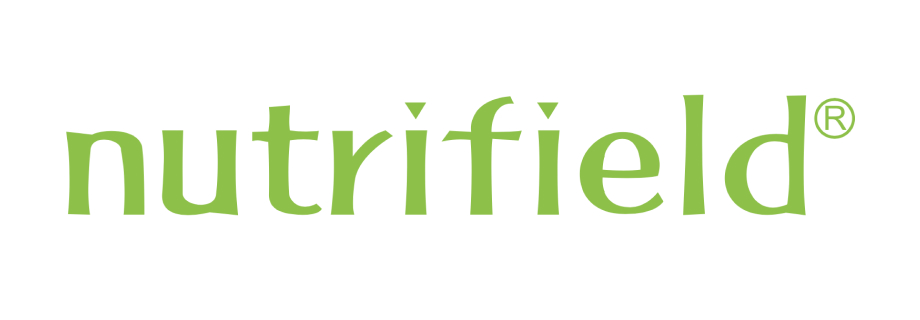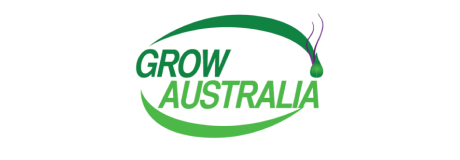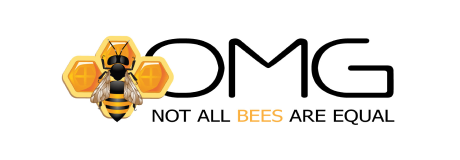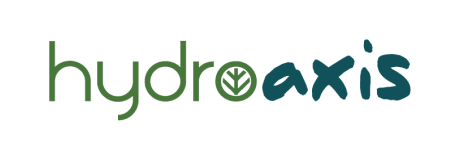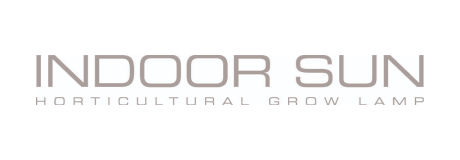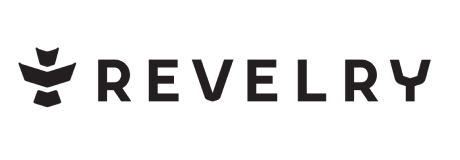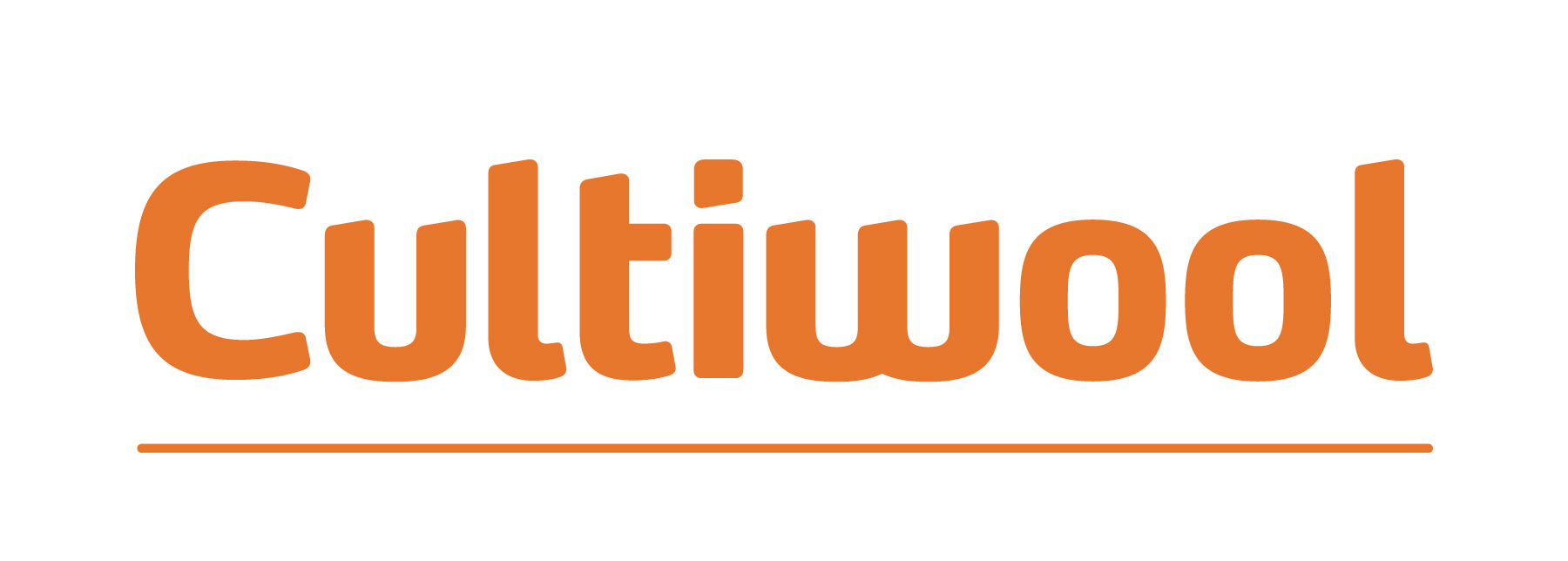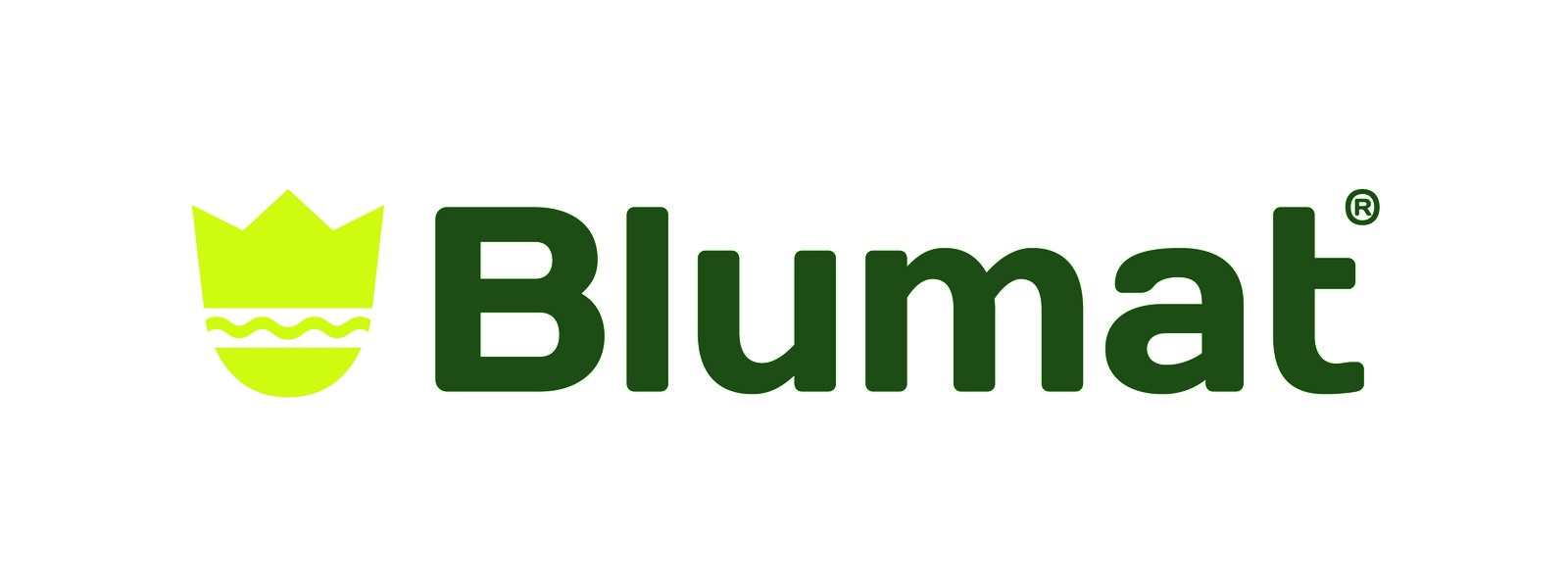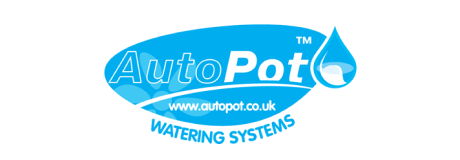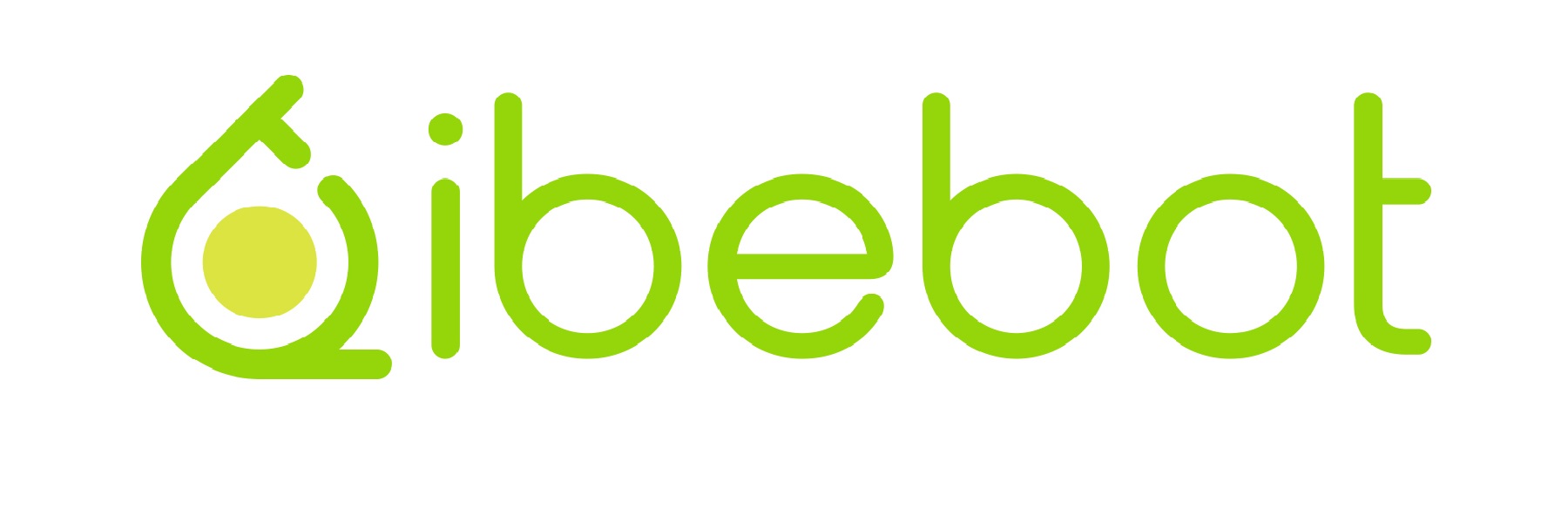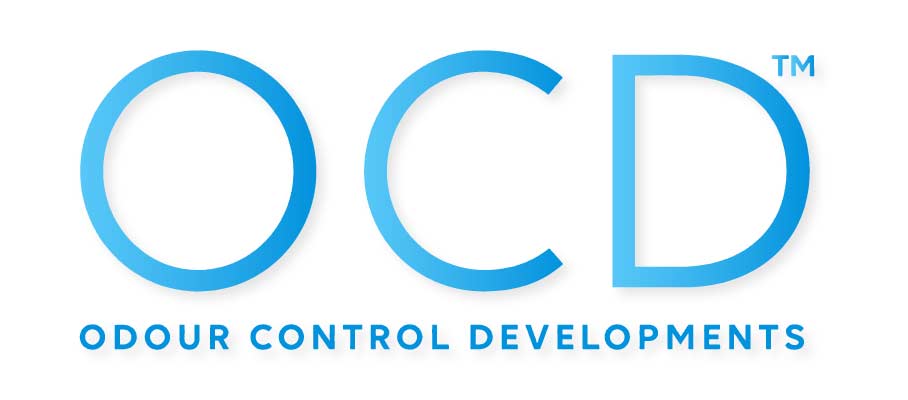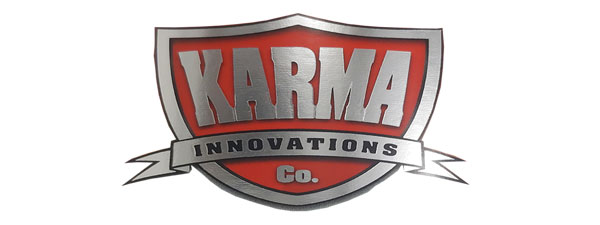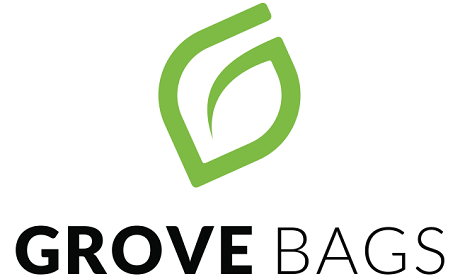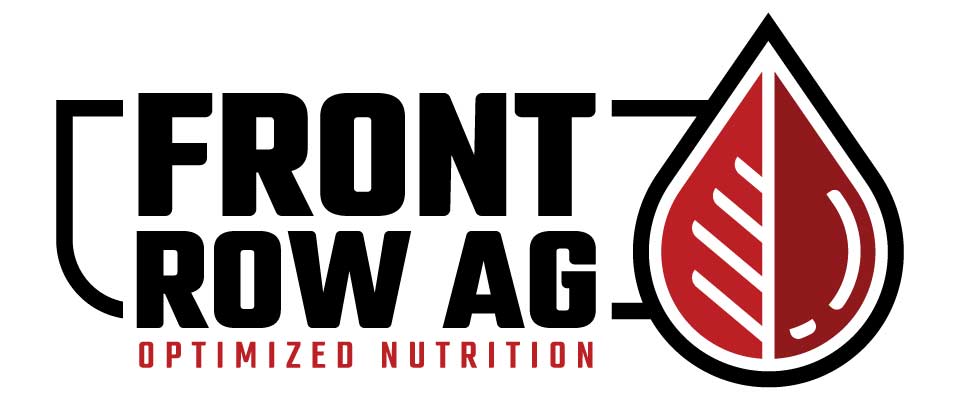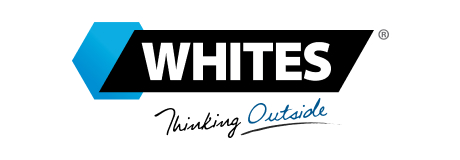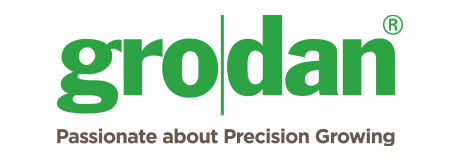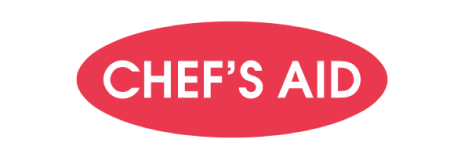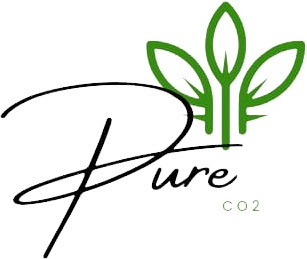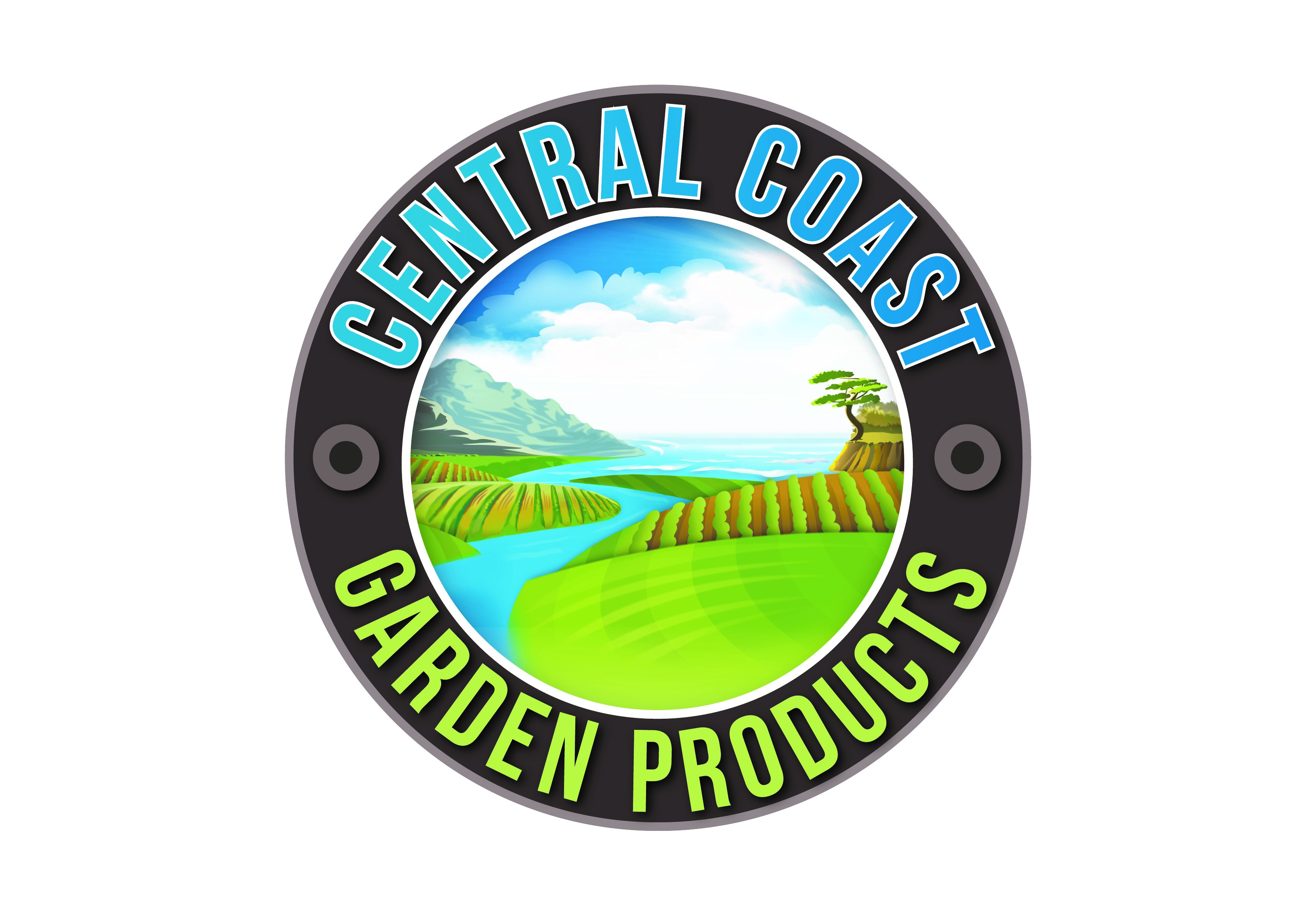Hydroponics vs aquaponics – which is easier?
As traditional agriculture impacts heavily on our environment and the supply of available farmland continues to dwindle, more sustainable ways of growing crops are becoming increasingly popular.
Two of the most widely practised today are hydroponics and aquaponics.
What is hydroponics?
Hydroponics is the art of growing plants without soil. This method of farming dates back thousands of years, although the technology has of course advanced a lot since then. Today, hydroponic plants are grown with their roots suspended in water containing scientifically designed mineral nutrient solutions.
Advantages of hydroponics:
• Hydroponic farming has many advantages over soil-based agriculture. It requires less space and much less water. Because they are housed in a stable and optimised environment, hydroponic plants can be cultivated all year round regardless of the season. And they grow really fast – leafy greens can be harvest-ready in as little as three weeks.
• Hydroponically grown plants are less prone to attack by pests and diseases, meaning fewer harmful pesticides are needed. And no weeds mean no herbicides. The end result is happier, healthier plants and consumers and less damage to the environment.
• Plants commonly grown with hydroponic equipment include basil, coriander, tomatoes, cucumbers and lettuces.
Hydroponics can be a great stress-relieving pastime, putting you back in touch with nature through cultivating your own herbs and veggies, even in a small apartment.
What is aquaponics?
Aquaponics combines hydroponics with aquaculture, which is the raising of aquatic animals such as fish or prawns in tanks or ponds. In aquaponics the waste produced by the farmed fish or other creatures is broken down by microbes to supply nutrients for hydroponic plants, and the plants in turn purify the water for the fish.
Hydroponics vs aquaponics:
Hydroponics and aquaponics are similar in many ways. They both use oxygen-laden, nutrient-rich water to continuously bathe the roots of plants, and both are much more productive than traditional farming systems.
Aquaponics has the added responsibility of producing fish rather than just plants. This can sometimes be used as a clever marketing angle for both aquaponic equipment and produce.
Added complexity:
As you would imagine, combining aquaculture with hydroponics makes things more complex. While hydroponic systems rely on a reservoir containing a nutrient solution, in aquaponics the source of nutrition is a tank of live, swimming fish. Animals have their own unique needs and are susceptible to toxins, pests and fluctuations in nutrients, pH or temperature that may not affect plants.
More things to go wrong:
Adding fish tanks to the mix takes up additional space and also involves more complicated plumbing, which means set-up costs are a lot higher for aquaponic vs hydroponic systems. All this means aquaponics involves a far steeper learning curve, and when problems arise there is more plumbing and biology to troubleshoot than in hydroponics.
Slow to mature
A very important consideration in hydroponics vs aquaponics is the time it takes for aquaponic systems to become productive. Because they rely on microbial communities that are slow to develop and grow, aquaponic systems generally need a lot of time (at least six months, and up to 18 months) before they can be stocked to capacity.
During that period, production levels are depressed while the system matures and stabilises.
Hard sell
A common misconception in comparisons of hydroponics vs aquaponics is that aquaponics is more profitable because it generates extra income from fish sales. In reality though, it is very difficult for aquaponic growers to compete with other fish producers on price, or to find customers willing to pay more for aquaponic fish.
Start small
Of course hydroponics and aquaponics are not mutually exclusive, and many growers choose to operate the two systems side by side. If you’re intending to try aquaponics for the first time, consider starting small before scaling up in order to give yourself time to learn as you go.
Hydroponic growing with Hyalite
Hyalite is the largest retailer of hydroponics supplies in the Asia-Pacific region. We stock a complete range of hydroponic grow tents and accessories to get you started, and our bulk buying power means our prices are unbeatable.
With branches across Australia and New Zealand as well as an online store, we’re your one-stop hydroponics products and supplies, including expert personalised advice on finding the right solution for your needs.
Grow now, pay later with interest-free instalments using Afterpay.



